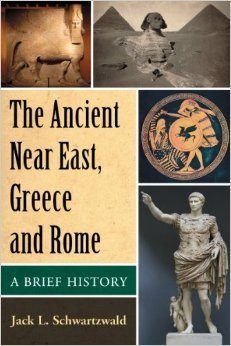The Day Commodus Killed a Rhino: Understanding the Roman Games
The author posits that the Roman games were more than just a gory spectacle for a depraved populace. The logistics and effort it took to put on a spectacle showed, by extension, that the emperor had the ability to run the empire. For Commodus, his role as great hunter and gladiator was meant to indicate that he, Commodus, was the prime example of the disciplined, military, Roman male. The Roman games gave the people a chance to vent opposing views without fear of retribution. It was a way for any Emperor, generally quite isolated from the populace, to get feedback from the citizens. The games allowed the emperor to see who supported him and who was missing from his games. The logistics of training a gladiator or beast handler, and the procurement and conscription of the beasts and humans are detailed. It is amazing the numbers needed. The book concludes with the idea of the games, what it meant to be Roman, and how the games reinforced this idea and then how the Christians undermined it by being more passive than fierce. The author makes his point that the games were more than blood and guts, but bloody they were.
| Author | |
|---|---|
| Star Count | 4/5 |
| Format | Hard |
| Page Count | 144 pages |
| Publisher | Johns Hopkins University Press |
| Publish Date | 2014-Nov-14 |
| ISBN | 9781421415857 |
| Bookshop.org | Buy this Book |
| Issue | March 2015 |
| Category | History |
| Share |








Reviews
There are no reviews yet.